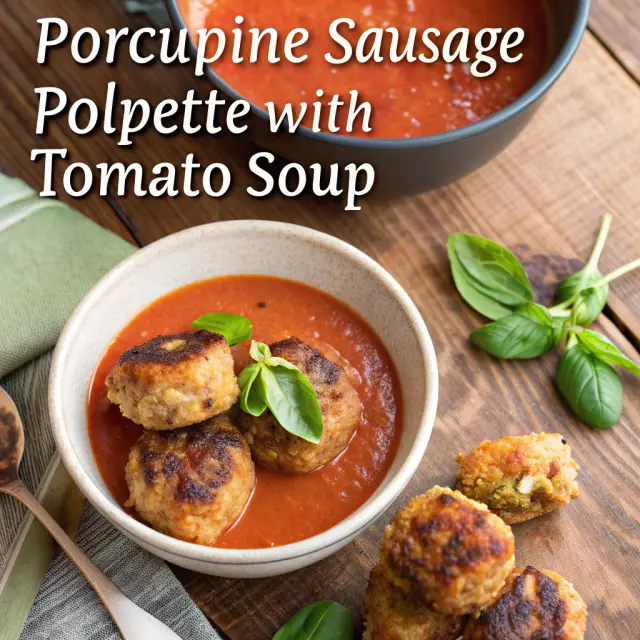Legs of Lamb Almost Double in Price at Supermarkets Amid Drought
Leg of lamb prices have surged from $8 to $13 per kilo in just 18 months, nearly doubling amid severe drought conditions affecting sheep supply in southern Australia. This has resulted in a 32% increase in national prices as flocks shrink due to health declines. Consumer preferences are shifting in the direction of more affordable meats, with lamb purchases becoming less frequent. As these trends continue, a deeper analysis reveals the broader implications for the meat market.
Current Trends in Lamb Pricing
In recent months, significant price increases have been observed in the lamb market, with the leg of lamb in supermarkets escalating from $8 to $13 per kilo over an 18-month period.
Remarkably, lamb chops have surged from $12.50 to $21 per kilo. This 32% national increase reflects broader saleyard pricing trends, compelling retailers to adopt new pricing strategies.
Consumers are increasingly opting for alternative meats, impacting lamb quality perception and purchase frequency. Families now buy lamb less often, emphasizing the need for retailers to balance competitive pricing with profitability while maintaining product quality amidst rising costs and shifting consumer preferences.
Drought’s Impact on Sheep Supply
Although drought conditions have greatly impacted sheep supply in southern Australia, the repercussions extend beyond immediate availability. The ongoing drought has caused significant declines in sheep health, leading to a reduced flock size that is unlikely to recover until at least 2027.
As a result, saleyard prices have reached record highs, tightening the supply chain for lamb production. Limited availability has forced retailers to confront rising costs while attempting to maintain competitive pricing.
The long-term effects of the drought may further compromise both the quantity and quality of lamb, exacerbating challenges for producers and consumers alike.
Shifts in Consumer Meat Preferences
As rising costs and economic pressures influence consumer behavior, a noticeable shift in the direction of more affordable meat options has emerged. This trend reflects a growing preference for budget-friendly alternatives in the meat market.
- Chicken sales have surged by 30%.
- Pork is increasingly chosen over lamb.
- Families have reduced lamb purchases to once a month.
- Consumers are exploring various meat alternatives to maintain budgets.
These changes indicate a pragmatic approach, as households prioritize value and affordability in their meat selections amidst escalating lamb prices.
The demand for cost-effective protein sources remains critical in the current economic climate.
Retail Strategies for Lamb Pricing
How are retailers adapting their strategies to manage the rising costs of lamb? Supermarkets and butchers are employing various promotional strategies and pricing models to mitigate financial impacts on consumers. Some retailers offer discounts on specific cuts, while others focus on bulk purchasing to leverage economies of scale.
| Retailer | Pricing Strategy | Promotional Offer |
|---|---|---|
| Woolworths | Competitive pricing | Specials on leg of lamb |
| Coles | Volume discounts | Buy one, get one half off |
| Ritchies IGA | Targeted promotions | Leg of lamb at $11/kg |
This approach aims to attract price-sensitive customers amidst rising lamb prices.
Future Price Forecasts for Lamb Products
Retailers’ pricing strategies are increasingly shaped by the anticipated trajectory of lamb prices, which are projected to rise further due to constrained supply and sustained high demand.
Analysts indicate that future price forecasts for lamb products are influenced by several factors:
- Tight supply chain challenges in global lamb markets.
- Continued high consumer purchasing despite price increases.
- Predictions of sustained elevated prices until flock recovery.
- Potential quality decline in lamb products if drought persists.
These elements suggest that consumers may face ongoing price hikes, compelling them to reassess their purchasing decisions regarding lamb products in the near future.







